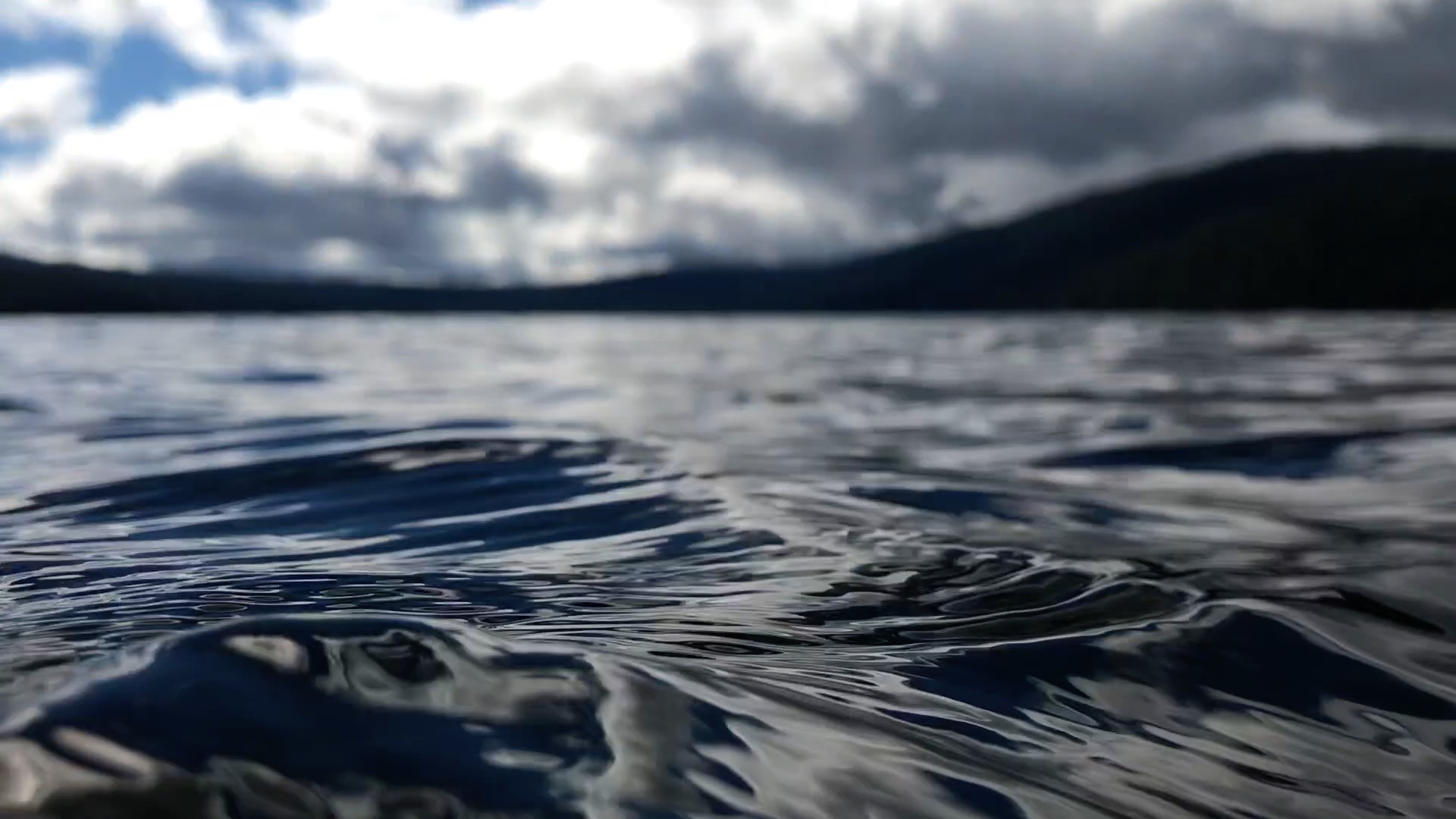This is not just another post about “our response to the COVID-19 outbreak”. I need to halt our regularly scheduled programming to freak out for just a minute. I was going to talk about how to rewire your brain to make change; taking the time during a chaotic masters practices to focus on just feeling the water and implementing deliberate practice in your routine.
But chaotic masters practices are a thing of the past. Pools are closed or closing. “Shelter in place” is not a covered picnic table that you can reserve at a local park. Friends and family are self imposing quarantine when it’s not mandated. School is closed indefinitely. Hospitals have cancelled elective surgeries for the foreseeable future. Restaurants are scrambling to advertise pickup and delivery options. And beyond front line doctors, nurses, and grocery store workers, employers are either laying off employees or scrambling to find telework and work from home opportunities.
On a personal level, I’m spending every waking hour with my kids. My husband is in and out of hospitals, teleconferencing follow up care, and trying to figure out what the new reality is for elective orthopedics. I’ve had to cancel my inaugural swim camp and every local event that I just put on the calendar. For financial security I’m contemplating, yet another, return to IT work. So yah, I’m freaking out!
Stepping back…

I am grateful for so much! I live in a beautiful place where social distancing isn’t that hard. I have a roof over my head, a comfortable bed to sleep in, running water, electricity, and food in my cupboards. I have two amazing kids who I love to spend time with. And an amazing and supportive partner.
But when I stop and think about the current state of affairs, it takes my breath away. When I wake up in the morning scrunched between my kids and take a moment to let the new day sink in, I have to remind myself to breathe.
I tell myself everyday that this will all pass, that we’ll get to the other side. But that doesn’t erase the fear of what the other side will look like. How long will it be? Is this the new normal?
In some sense I feel like I’ve been training for this my whole life. My husband is an apocalypse movie junky. We’ve lived in relatively rural towns, a modest distance from convenient services, for the last 11 years. I don’t consider myself a hoarder, but I’ve always maintained a respectable backlog of food and supplies. I’ve worked remotely for the better part of 17 years, so isolation and virtual connection are comfortable to me.
But staring uncertainty in the face is scary.

I’m a planner. I love to create training plans (even more than I like to follow them!) I sit for a few minutes and plan out each day. Even planning for uncertainty, like marathon swims, long hikes, or a vacation with kids; you never know what exactly you’ll need, so you plan for and bring a little bit of everything; I love it!
But in the face of absolute uncertainty, with no parameters, or bounds; I feel paralyzed.
I’m impressed with the amount of free services being offered online. Everything from streaming body weight workouts, free printable education materials, even easy to make recipes in the name of quarantine! This genuine outpouring of support – coming together in isolation – it’s heartwarming. But I still can’t seem to get off my ass.
I finally realized that I’m mourning. Mourning the loss of society as we knew it. I’m somewhere in depression, but on the way to acceptance.
So a new type of rewiring is in order. In the same way that a few times a week I would focus on my stroke and technique to ensure that I was feeling the water and working to break bad habits, I’m committing a few hours each week to connect with people like you – anyone, anywhere, who wants to connect.

It’s early PDT, because I endeavor to meet before my kids are up, but they are early risers, so you might see them. We had three people on the first call and it started my day off just right, the same way swim practice starts your day off; but without having to go anywhere! Join me for Virtual “Swim” Practice on Tuesdays and Thursdays at 5:30AM PDT: https://us04web.zoom.us/j/3890588216
As soon as I’m out of this funk, in place of deliberate swimming practice, I’m going to be deliberate in working on me. I’ll move, strengthen, and complement my swimming muscles in quarantine. Let’s motivate and encourage each other when we connect!
There are an abundance of free (for now) resources, here are a few that I’ve cataloged:
https://swimswam.com/training/at-home-quarantine-training/
https://outdoorswimmer.com/blogs/how-to-keep-swimming-fit-during-corona-virus-pandemic
https://www.liquidtri.com/blog/coronavirus-swimming-improvements
http://www.swimmingspecificyoga.com/
How are you handling the situation? Connect with me on instagram, Facebook, or email – I’d absolutely love to hear from you!
Next time, how to get swimming outside. Now more than ever, is a good time to swim wild!



















 e pool. This can wear you out and sap valuable energy!
e pool. This can wear you out and sap valuable energy! sion.
sion.
 atering the orchards and the vineyards, as well as the local farms and pastures. There isn’t much water left in our local swimming hole. (
atering the orchards and the vineyards, as well as the local farms and pastures. There isn’t much water left in our local swimming hole. ( u up to sweep outside of your shoulder, which can stress your rotator cuff. So, flat palm, shoulder width apart, focus on this for your hand entry this month. Not sure how or where your hand enters the water?
u up to sweep outside of your shoulder, which can stress your rotator cuff. So, flat palm, shoulder width apart, focus on this for your hand entry this month. Not sure how or where your hand enters the water?